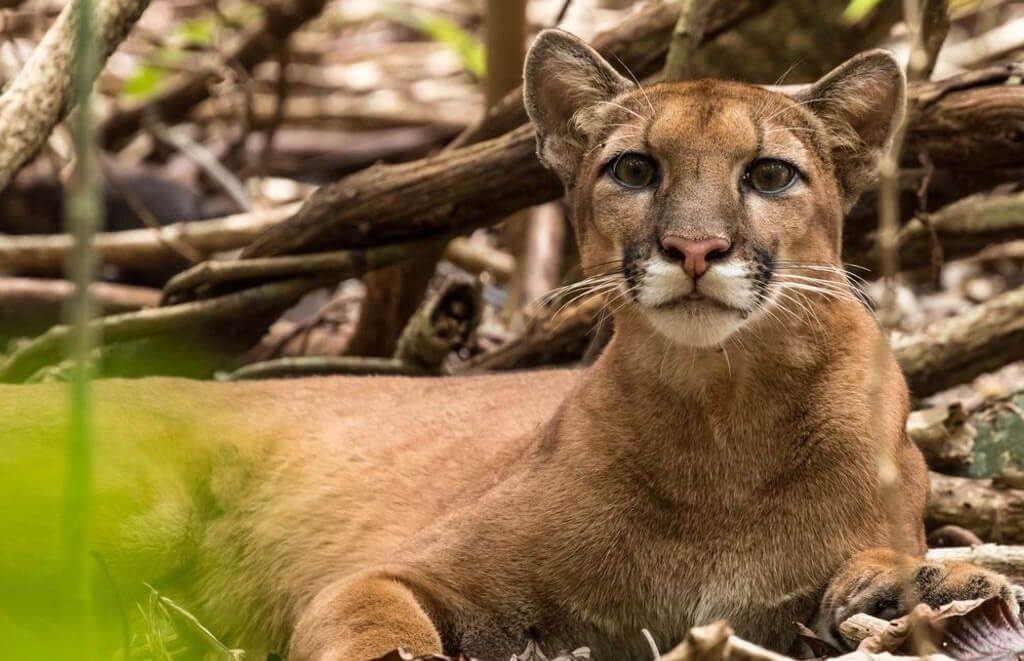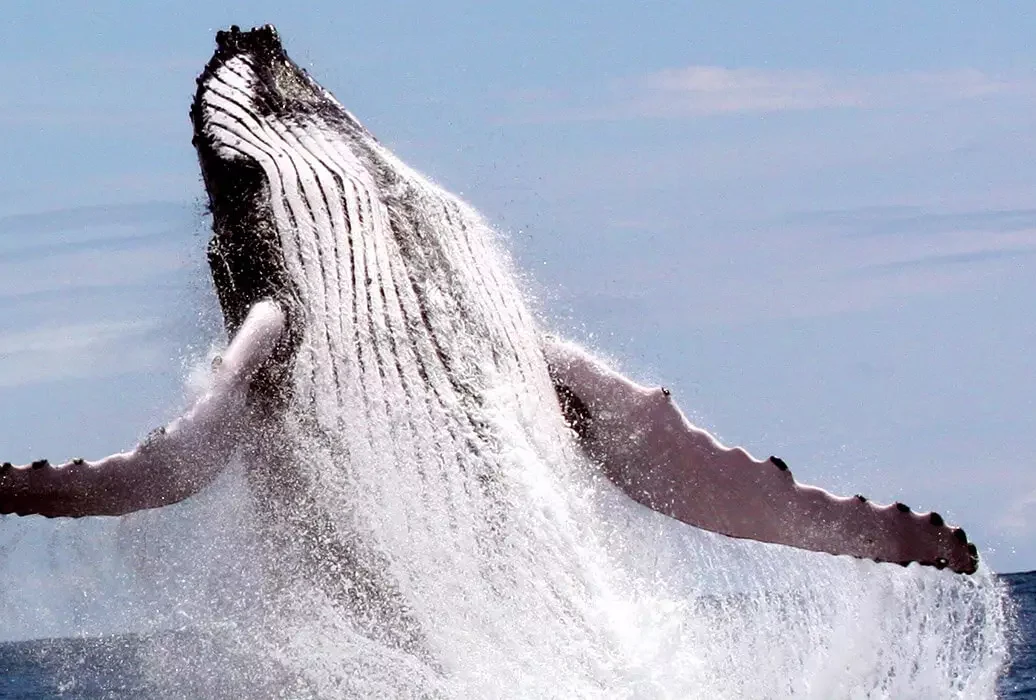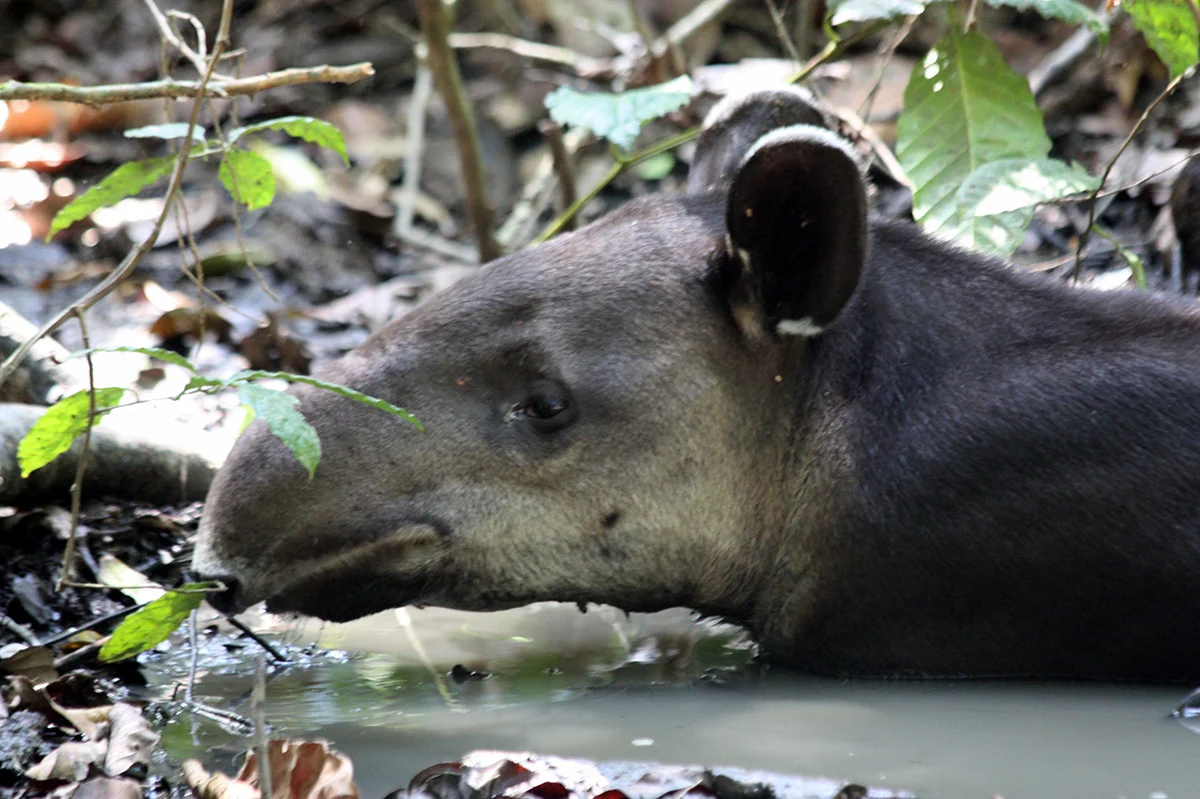
Corcovado National Park is located in the Osa Peninsula in the South Pacific of the country and is part of the Osa Conservation Area. It was created on October 24, 1975 and comprises an area of 45,757 terrestrial hectares and 5375 marine hectares. The biological diversity is amazing, so much so that National Geographic has called it “the most intense place in the world, biologically speaking” and it is estimated that no other place in the world (with a similar extension) has a greater biological diversity.
There are two main trails, one running along the coast and one inland, and four ranger stations: three at the park entrances and one where the trails cross. One of them runs northwest to southeast along the ocean, with the Sirena Station approximately halfway, from where the other trail leaves to Los Patos Station, at the eastern end of the park.
Among the animals that can be seen are macaws, hermit crabs, pelicans, spider monkeys, anteaters, white-faced capuchin monkeys, coatis, to name a few. With some luck you may see a tapir, although these are nocturnal animals, or even a puma.
Corcovado has an unusual level of biological diversity that is not exceeded by any area of similar size on the planet. The area includes 25 to 30 ecosystems that host the largest populations of species such as jaguar, puma and tapir. The park protects an important marine extension (almost 54km²) in which a great variety of marine life thrives, in addition to protecting approximately 12 species of endangered trees.


